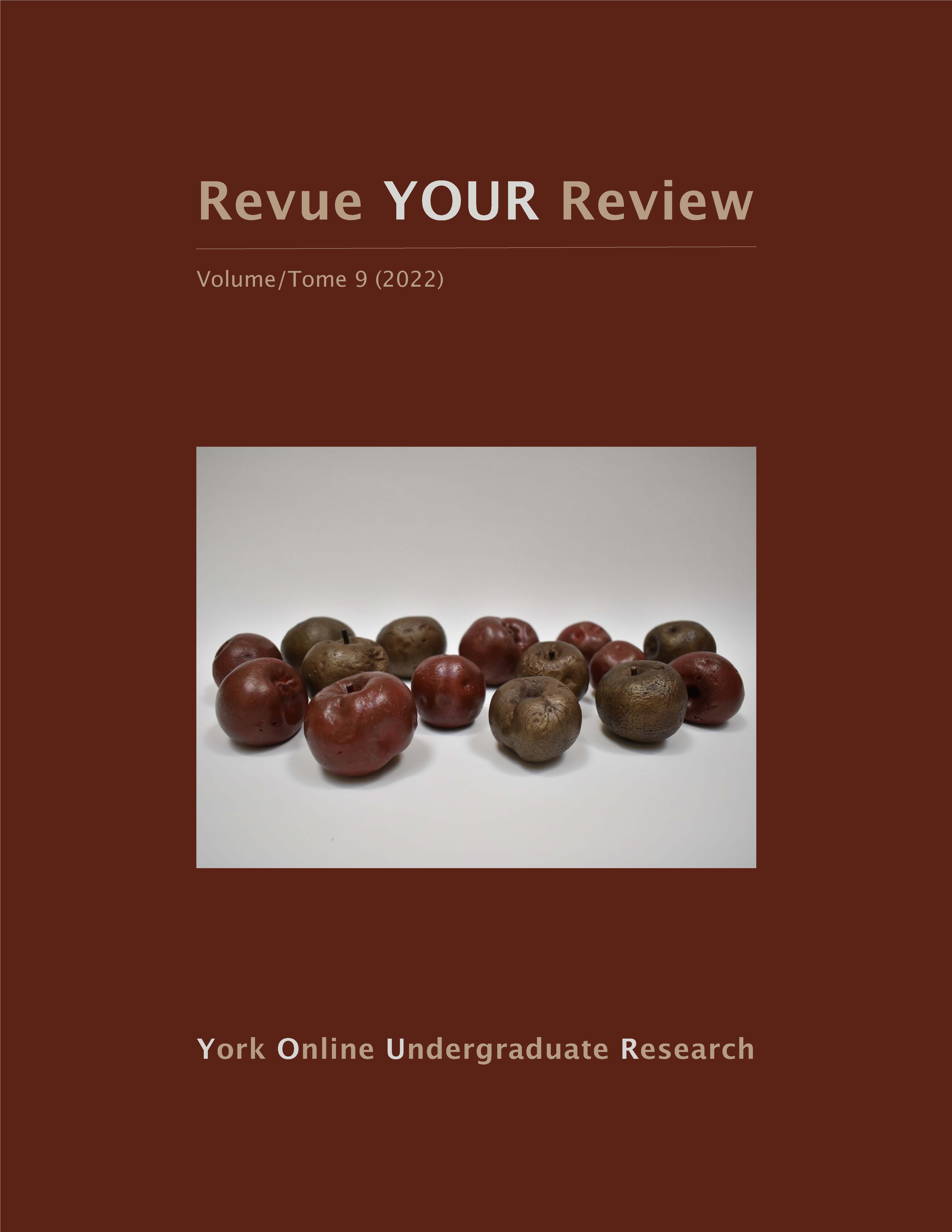Why Do We Get the Urge to Squish Cute Things?
Résumé
People often express superficially aggressive behaviour such as squeezing, biting and crushing in response to cute things, a desire known as cute aggression. Since the origin of this term in 2013, there have only been a few academic papers on this topic. This scoping review gathers all the available literature to demonstrate what is known so far and the areas for further research. The topics explored include why we find things to be cute, the effect of cuteness on the brain, and how it overwhelms some to result in cute aggression. The literature suggests that when we see something with “baby-like” characteristics, such as big, wide-set eyes, chubby cheeks, and thick arms and legs—characteristics formally called “baby schema”—our minds interpret it as adorable. This releases a strong, positive emotional response by activating the brain’s reward system, which then motivates us to protect it. Those who experience cute aggression have an overwhelming amount of reward and emotion related brain activity in response to cute things. The findings suggest that cute aggression serves to prevent becoming overwhelmed with these strong, positive emotions by balancing them with negative expressions. Overall, cute aggression is deemed to dilute these strong emotions to aid in being a good caretaker. This topic holds clinical potential by studying how this phenomenon translates to those with disorders relating to reward and emotion. However, since this is a new area of research, it can benefit from large-scale direct replication studies before moving forward to its clinical applications.
Téléchargements
Publié-e
Comment citer
Numéro
Rubrique
Licence

Cette œuvre est sous licence Creative Commons Attribution - Pas de Modification 4.0 International.
Les auteurs qui contribuent à la Revue YOUR Review acceptent de publier leurs articles selon une des trois catégories de la licence 4.0 : Creative Commons Attribution 4.0 International; Creative Commons Attribution-Pas d'Utilisation Commerciale 4.0 International; ou Creative Commons Attribution-Pas de Modification 4.0 International. Tout contenu éditorial de ce site ainsi que les affiches et les résumés sont sous la licence Creative Commons Attribution-Pas de Modification 4.0 International. Pour plus d’informations, veuillez voir :
https://creativecommons.org/licenses/
Dans tous les cas, les auteurs conservent leurs droits d’auteurs et concèdent à la Revue YOUR Review le droit de première publication. Les auteurs peuvent, par la suite, conclure d’autres accords de distribution non exclusifs de la version publiée dans ce périodique (par exemple, l’afficher à un dépôt institutionnel ou le publier dans un livre ou dans un autre périodique) à condition que la reconnaissance fasse mention de la publication originale dans la Revue YOUR Review.


